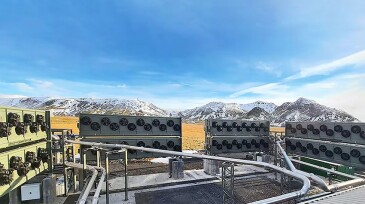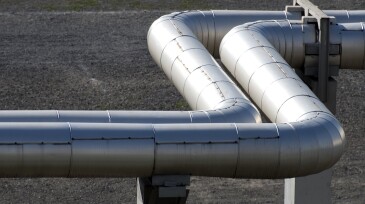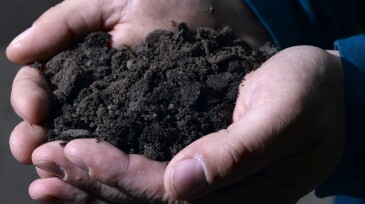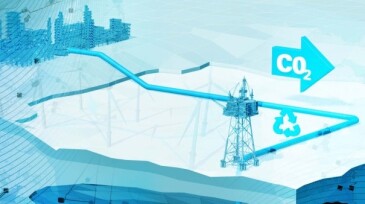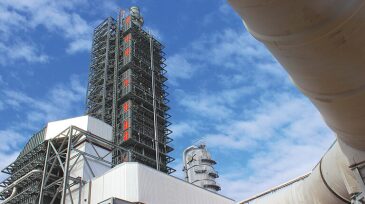Carbon capture and storage
The early enthusiasm for carbon capture and storage (CCS) is showing signs of strain as the limited capital availability and political support become clearer.
The two companies said they will evaluate the possibility of a joint venture to develop a direct air capture hub in South Texas, with XRG considering investing up to $500 million.
The plant at Heidelberg Materials’ cement facility in Brevik, Norway, has captured its first 1,000 metric tons of carbon dioxide.
-
New York-based BlackRock will put more than half a billion dollars into Occidental's first direct air capture project, which is now 30% completed.
-
In the US, localized opposition and regulatory uncertainty are threatening to kill or severely limit the use of carbon capture, use, and storage (CCUS) in the fight against climate change.
-
As money pours into the space, questions arise about whether the method of removing carbon from the atmosphere is the best investment.
-
The funding is aimed at helping connect sources of carbon dioxide to locations for geologic storage and conversion through multiple transport modes.
-
The research could improve climate models and inform carbon sequestration.
-
The hub acreage is located in state waters of Cameron Parish.
-
Fourteen companies scooped up the licenses to sequester carbon in depleted oil and gas reservoirs and saline aquifers offshore UK.
-
The $1-billion carbon capture project in Texas is revived after a 3-year hiatus.
-
The Habshan project aims to capture and sequester 1.5 million tonnes of carbon dioxide per year.
-
Understanding the subsurface is crucial to the success of carbon capture and storage, and digital solutions are essential for an accurate analysis of the subsurface being considered.






